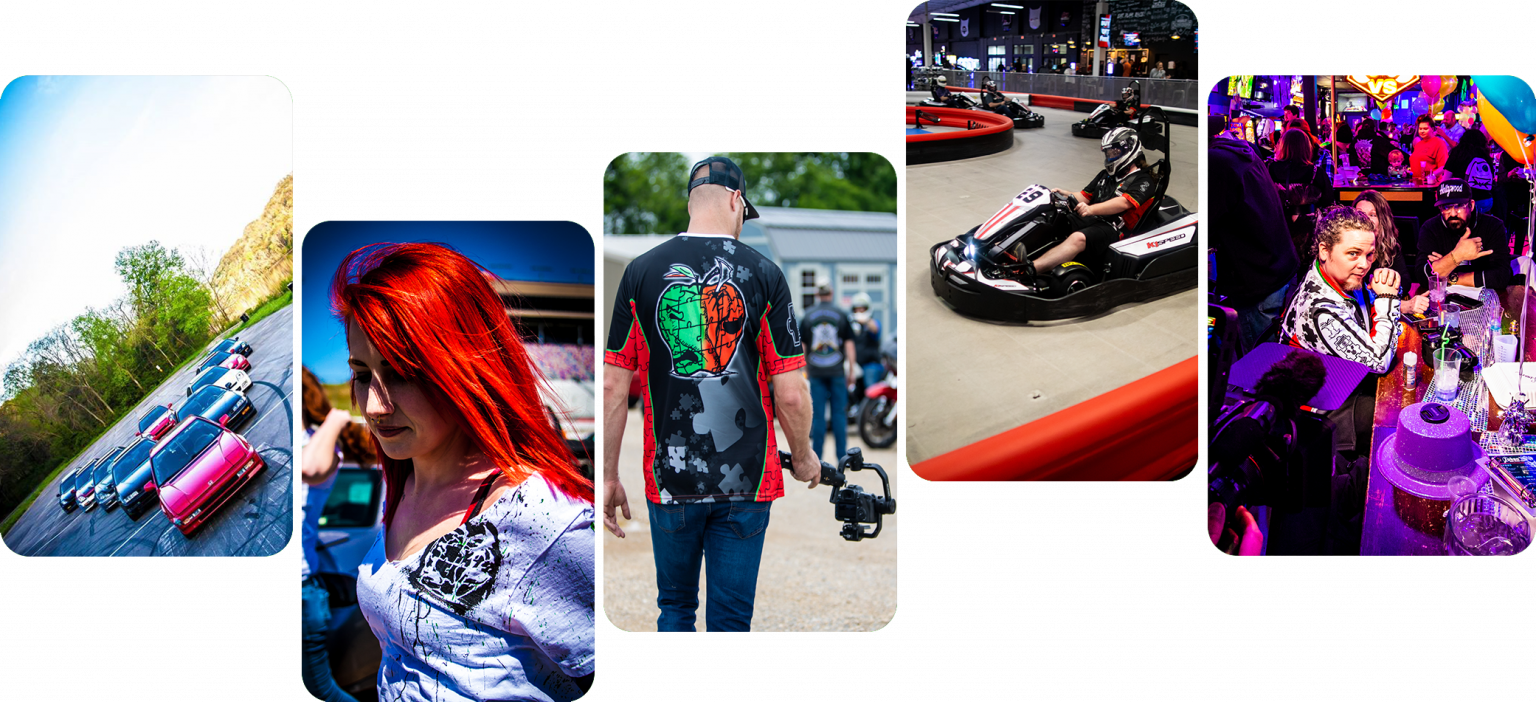About Us

Our Vision
What if you could wake up, and be truly happy. Not just a fleeting “good” feeling, but un-shakable down to your core overwhelming essence of peace. Where your mind was able to dream to its fullest extent, and pursuit wasn’t hindered by negativity. Where you didn’t have to live through the perceived happiness of others through digital feeds and shallow disconnection. What if you knew beyond a shadow of doubt that everyone around you had the absolute best intentions for you. Then if you were to fall they would help you rise, knowing you would do the same in-kind? How would your life change if you were invested in a community whose’ sole purpose was to connect and strengthen the bonds of hope seemingly frayed in this ever divided culture. What would happen if the stress of life disappeared? Doubt replaced by the wide eyed hopeful wonder you may remember fondly from yester year.
Welcome to our dream. Welcome to Pieces. Our Groups, Our Communities, Our Home.
Everyone has a place, we are all a piece.
Our Mission
Our mission is to connect likeminded individuals to local communities connected no matter how far with the talents, resources and opportunities to live life to its fullest extent. To bring back hope to the frayed masses. To grow and strengthen not just the individual, but their local communities regardless of race, nationality, or interests. To pursue excellence in any way our members dream. To see the talents of our members realized in the tangible reality of their lives to the highest reaches.
Our Values
Hope
We believe there is always hope, there is always a way but you have to take the time to find it. It is seldom easy.
Honesty and integrity in all dealings
We are committed, individually and as a community, to listening, speaking, and acting with candor, with equitability, and with courtesy, so that all may participate freely within a climate of openness and trust.
Conscientious pursuit of excellence in one’s work
We strive to pursue excellence with both graciousness and humility. We acknowledge that excellence is achieved through effort, creativity, and the exploration of new ideas and that individual achievement is rarely accomplished without the support of our community and the collaboration of our peers.
Organization Adaptability
We know that structure and rules are needed to keep a base standard for both community stability and sustainable growth. But we have to be willing to change and adapt to new situations, to be open and responsive to new ways of seeing the world. Things will always change in life but it is our responsibility to pursue the positive change we want to see in the world.
Accountability for actions and conduct
In seeking the long-term welfare of all, we endeavor to accept responsibility for the impact of our actions on our lives, our community, our environment, and the world. We hold ourselves and each other accountable for our behavior and our use of resources.
Inclusive
There are many barriers to participation in society; poverty, disability, age, race and ethnicity are some other characteristics that often marginalize people. A healthy community embraces diversity and recognizes that all community members have a right to be heard and participate in processes that affect their lives.
Community Ownership and self determination
Communities thrive when they develop their own assets, but also when they “own” their problems and issues. When communities accept that it is “their” problem, then they are more likely to work together to develop a solution, and the solution will be better than one provided solely by an external “expert”.
Enhance natural capacities and networks
There are sources of strength in every community; for example, informal networks and social support systems, or certain individuals that have particular talents or are able to help others in need.
Upstream
The distinction between upstream vs. downstream approaches uses a river as a metaphor for the increasing impact of conditions and events which affect health over time and space, and relates to the point of intervention. For example, if there is a toxic spill upstream, it will affect the quality of the water in the river for everyone living downstream. You can focus either on dealing with the illnesses that are experienced by the downstream people (downstream approach) or you can stop the spill and prevent others from happening in the future (upstream approach).
